Thinking about upgrading to a 75-inch TV? Before you make a decision, getting the dimensions right is crucial for ensuring it fits your space and, most importantly, your TV stand. Here are the numbers you need at a glance.
75-Inch TV Dimensions [Chart]
A standard 75-inch television screen is approximately 65.4 inches wide and 36.8 inches tall. Note that these are screen-only measurements; the TV's outer frame (bezel) and stand will add to the overall size.
| Dimension | Average Size (Inches) | Average Size (CM) | Recommended TV Stand Width |
| Screen Width | ~ 65.4" | ~ 166 cm | 70" or Wider |
| Screen Height | ~ 36.8" | ~ 93.5 cm | - |
| Depth | 2-3" | 5-7.6 cm | At least 16" deep |
How to Choose the Right TV Stand for a 75-Inch TV
Now that you know the TV's dimensions, the next critical step is choosing a stand that's both safe and stylish. This is where most people make mistakes, and it's the most important decision for your new entertainment centerpiece.
The Golden Rule for TV Stand Size
For a 75-inch TV (which is ~66 inches wide), we strongly recommend a TV stand that is at least 70 inches wide. A wider stand prevents accidental tip-overs, provides aesthetic balance, and gives you crucial space for speakers or decor.
While these rules are tailored for 75-inch TVs, you can learn the principles for all screen sizes in our complete and comprehensive TV Stand Size Guide.
Our Top Recommendations for 75" TVs
To make it easy, here are a few of our TV stands that are perfectly suited for a 75-inch screen:
For a Cozy, Rustic Look: The Belleze 68" Farmhouse TV Stand with 36" Electric Fireplace

For a Modern Feel with Ambiance: The Belleze Avenue Modern Electric Fireplace TV Stand

Key Factors When Choosing Your Stand
Size and Fit
Choose a stand about 20% wider than your TV to accommodate the bezel, improving both appearance and stability. Position the stand so the center of your TV screen aligns with eye level when seated for optimal viewing comfort. Ensure the stand is deep enough for your TV's base, plus extra space behind for cable management.
Materials, Style, and Color
Your stand's material affects both style and durability. Common options include solid wood, MDF (medium-density fiberboard), metal, and glass. Solid wood farmhouse TV stands offer strength and rustic charm, while MDF and glass cabinets create a modern, clean look.
Don't rush your color and design choice. Your TV stand should complement your existing sofas, rugs, and wall colors to maintain a harmonious look throughout the room.

Functionality and Storage
If you have gaming consoles, media players, or DVD collections, look for stands with sufficient drawers, cabinets, or shelves. Good ventilation prevents equipment overheating, while built-in cable management keeps everything tidy.
Some stands, like the Belleze Entertainment Modern TV Stand, feature built-in RGB LED lighting with music synchronization, adding ambiance to your space through different lighting effects that respond to your music's rhythm.
Types of TV Stands
- Fireplace TV stands: These include integrated electric fireplaces, adding warmth and ambiance while supporting your TV and storing media equipment.
- Corner TV stands: Designed to fit in room corners, these space-savers allow your TV to face the wider room area, perfect for smaller spaces.
- Floating TV stands: Wall-mounted to save floor space, these typically feature hidden cable management for a clean look.
- Low-profile TV stands: Ideal for large flat-screens, these position your TV lower visually, creating a wider viewing angle for better comfort.
How Far Should I Sit From My 75-inch TV?
For a 75-inch TV, the best viewing distance is between 9.4 to 15.6 feet (2.9 to 4.75 meters). This range is about 1.5 to 2.5 times the diagonal screen size.
At this distance, you can:
- See the full picture clearly without constantly turning your head
- Experience better immersion in what you're watching
- Reduce eye strain during longer viewing sessions
If you have a 4K or higher resolution TV, you can sit a bit closer to appreciate all the fine details in the picture. Position your TV to avoid glare and reflections from windows and lights. This prevents eye strain and ensures good visibility whether you're watching during the day or at night.
Consider adjusting your seating based on what you're watching:
- Movies: Sit farther back for a theater-like experience
- Sports or TV shows: Move closer to feel more involved in the action
Taking everyone's comfort and viewing habits into account will help create the best viewing experience for the whole family. Find a distance that works for most situations, but be flexible when needed.
Understanding the Details: How TV Dimensions are Calculated
When you hear "75-inch TV," that's the diagonal measurement - from one corner to the opposite corner. This standard measurement helps you visualize the TV in your room. To find the actual width and height, we need to do some simple math based on the 16:9 aspect ratio used in modern TVs.
Measuring the Diagonal & Aspect Ratio
TV size is measured diagonally and doesn't include the bezel (frame). Most modern TVs use a 16:9 aspect ratio, which tells you how wide the screen is compared to its height.
Calculating Width and Height
Using the Pythagorean theorem, the formulas are:
- Width = (Diagonal ÷ √(16² + 9²)) × 16
- Height = (Diagonal ÷ √(16² + 9²)) × 9
For a 75-inch TV, this gives you a width of about 65.4 inches and a height of 36.8 inches.
The Impact of the Bezel
Remember that these calculations only cover the screen size. The total TV size includes the bezel, which varies between brands and models. Always check the specific product specifications before buying.

Comparing 75-Inch TVs to Other Sizes
When picking a new TV, it's helpful to see how a 75-inch screen compares to other common sizes like 65 and 85 inches.
- A 75-inch TV offers a much more immersive experience than a 65-inch model, feeling more cinematic without overwhelming most rooms.
- While an 85-inch screen provides an unmatched viewing experience, it dominates the space and works best in very large rooms or dedicated home theaters.
The 75-inch size hits a sweet spot, balancing powerful visuals with everyday practicality for most living spaces.
What to Look for When Buying a 75-inch TV?
Before you buy, consider these key factors to ensure your new TV fits perfectly in your space and matches how you like to watch.
- Room Size and Layout: Ensure your room can fit a 75-inch TV with enough viewing distance (9.4-15.6 feet). If wall mounting, verify you have enough width for both the TV and its hardware, leaving space for ventilation.
- Display Technology: Choose between affordable LED, high-contrast OLED (great for dark rooms), or bright and vivid QLED TVs.
- Resolution: Look for 4K or 8K resolution and HDR support for the best color and contrast.
- Placement and Mounting: For wall mounting, position the center of the TV at eye level when seated. If using a stand, ensure it's sturdy and complements your room's style.
- Sound System: Plan to add a soundbar or home theater system to match the TV's impressive visuals with equally impressive audio.
- Connectivity: Check for enough HDMI, USB, and other ports to connect all your devices.
Conclusion
To sum it up, a 75-inch TV screen is about 65.4 inches wide and needs a TV stand that is at least 70 inches wide for optimal safety and style.
Always check the specific measurements for the TV model you want, as bezels can vary. By planning your space and choosing the right stand, you ensure your new big-screen TV fits perfectly and provides the best possible viewing experience.
Frequently Asked Questions
How Do I Ensure that my 75-inch TV is Properly Secured?
Well, ensure you use a VESA-compliant wall mount or TV cabinet fitting the weight and dimensions of your TV.
How do I Check the Picture Quality of a 75-inch TV?
Check the sharpness, color saturation, and contrast of your TV when playing high-resolution video content before buying it, particularly when it comes to playing 4K or HDR content.
One should see whether the picture is clear and sharp, whether colors are vivid and rich, and whether details in dark scenes are distinguishable. It is also advisable to check the picture quality by viewing the TV from different angles.
What is the recommended mounting height above a wall for a 75-inch TV?
The wall height for mounting a 75-inch TV is supposed to make sure the middle of the TV rests on a point equal to the viewer's eye level. That is within 42–48 inches or roughly 107–122 centimeters.
Your exact mounting height will also need to be tailored to your space layout and the viewer's angular needs to achieve the most comfortable viewing experience.



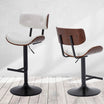





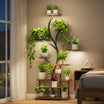


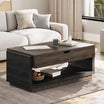




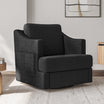




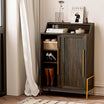
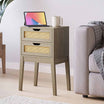




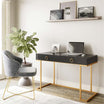

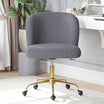



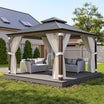
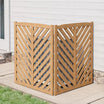
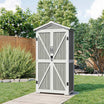
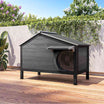
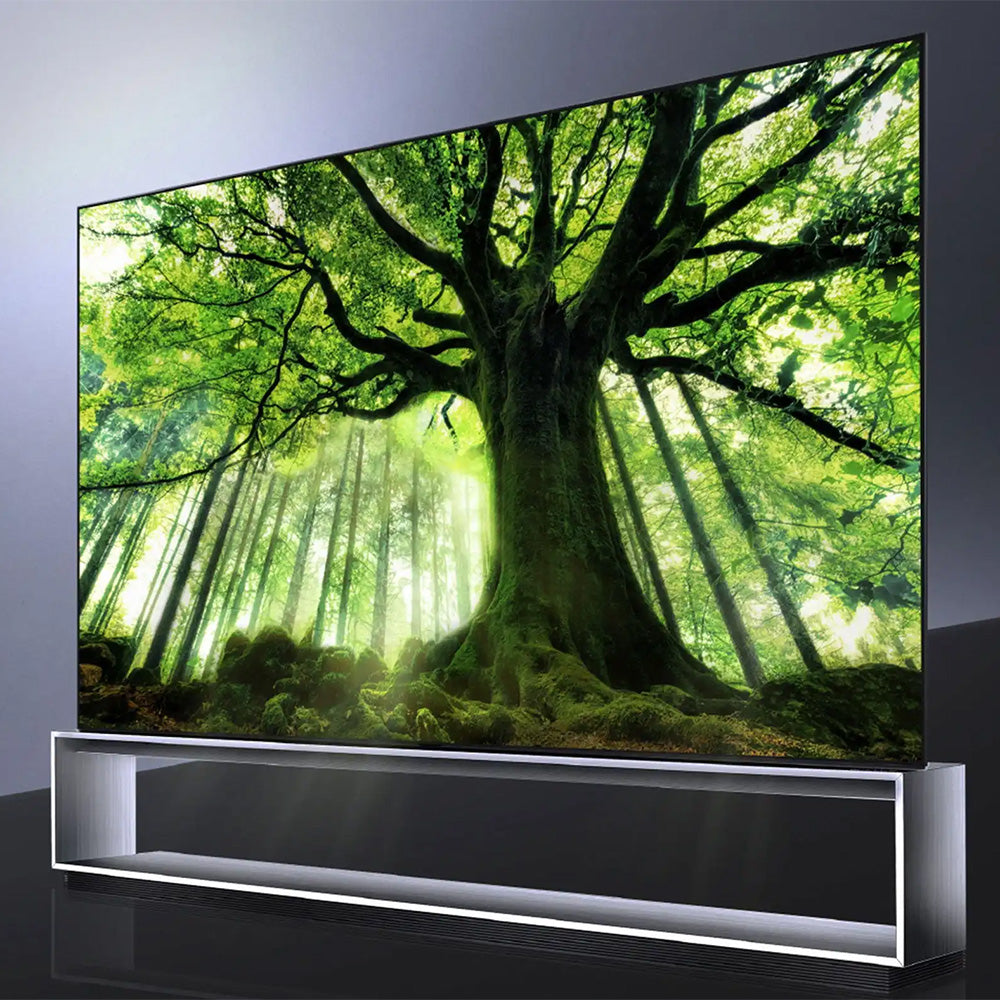


Leave a comment
This site is protected by hCaptcha and the hCaptcha Privacy Policy and Terms of Service apply.